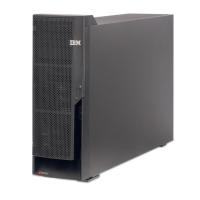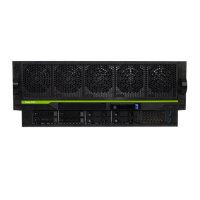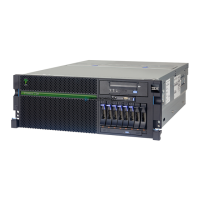i5/OS and OS/400 (5722-SS1): Architecture 539
Draft Document for Review October 18, 2004 5486OpS.fm
Journaling
Journaling provides the ability to record all changes to records in a file as they
occur. These journaled changes are applied to the file if the system is lost.
With the implementation of remote journals, faster transport to a second
iSeries server on behalf of high availability can be achieved. Faster IPL
recovery can be achieved for critical access paths within the database by
either explicitly journaling these objects, or by establishing an appropriate
Systems Management Access Path protection target value. Byte stream files
and directories can also be journaled.
Commitment control
Commitment control ensures that if a transaction requires multiple database
changes, all of them (or none of them) are made.
Batch journal caching
The caching of journals in batch provides a significant performance
improvement for batch environments which use journaling. Applications that
perform large numbers of database add, update, or delete operations typically
see the greatest improvement. Although directed primarily toward batch jobs,
some interactive applications may also benefit from this feature.
Save-while-active (SWA)
Save-while-active allows one or more libraries to be saved while operations,
including changes, continue against the libraries. SWA can be used with a
short period of acquiesced operation where a checkpoint is taken of all
libraries being saved before the first save operation begins, so that all libraries
are synchronized.
In V5R3, the new
partial transaction save (ragged SWA) feature allows for a
save with open committed transactions or open commit cycles.
Save/restore to multiple tapes concurrently
Otherwise known as parallel save and restore, V5R1 supports the capability
to use multiple tape devices (from 2 to 32), or multiple resources in a tape
library, in parallel. In particular, parallel tape support reduces the amount of
time required to save and restore very large objects.
ASPs
ASPs are individual disks reserved for particular objects (such as individual
libraries). ASPs can be used to isolate those objects to assist in their
recovery. Up to 31 user ASPs and 223 independent ASPs are supported
offered with V5R2. All systems ship with one system ASP configured.
IASP
IASPs can be defined as stand-alone or switched. UDFSs or database and
program, journals, or operating system objects can be created in these

